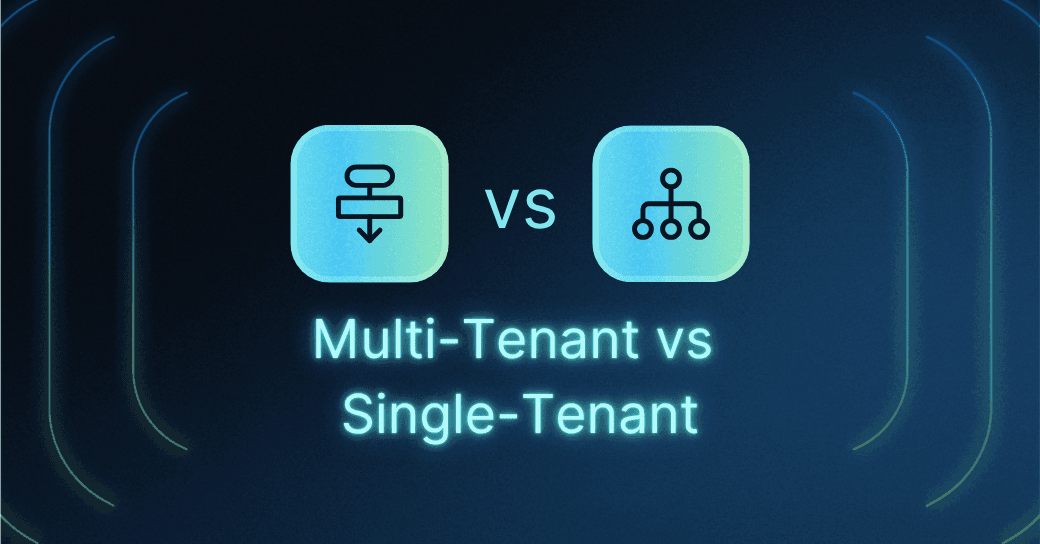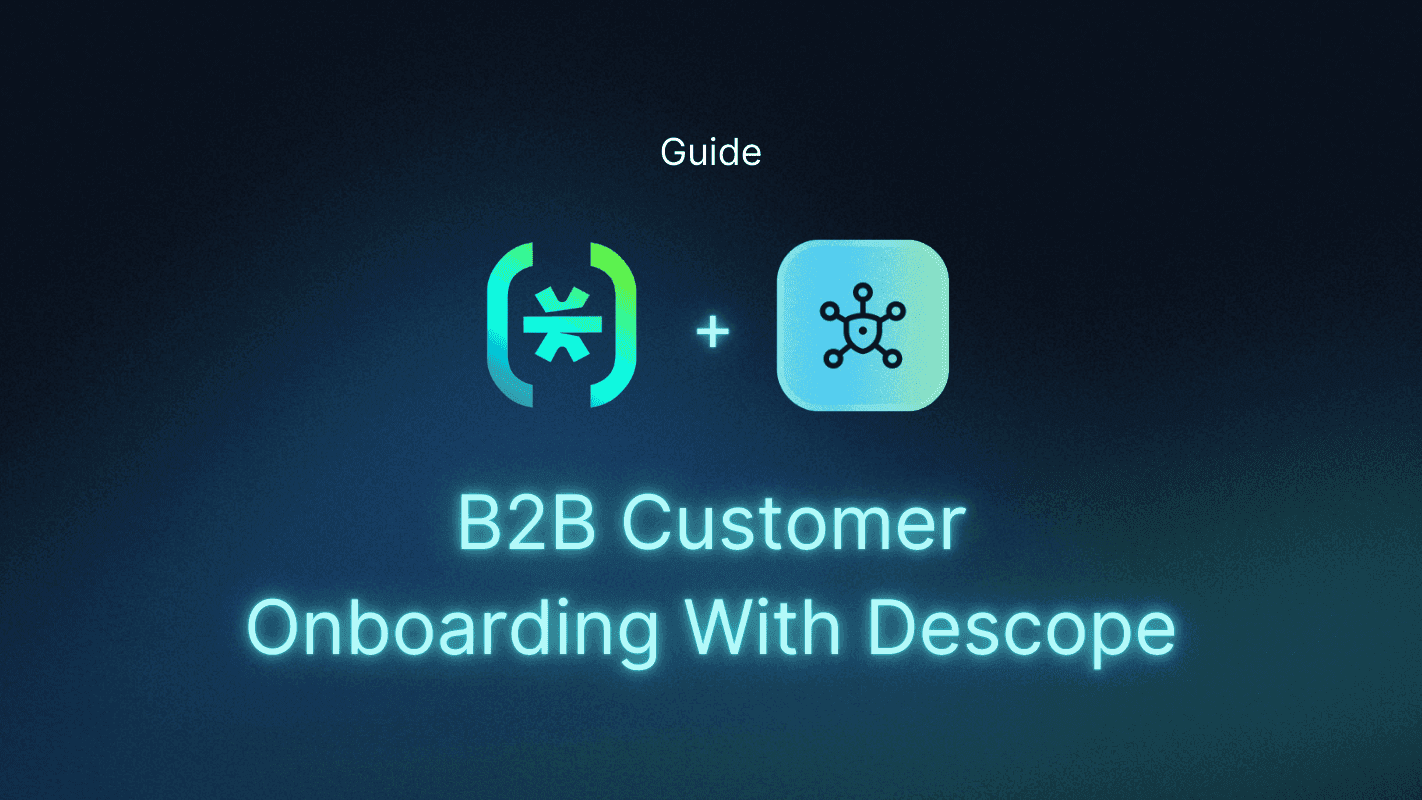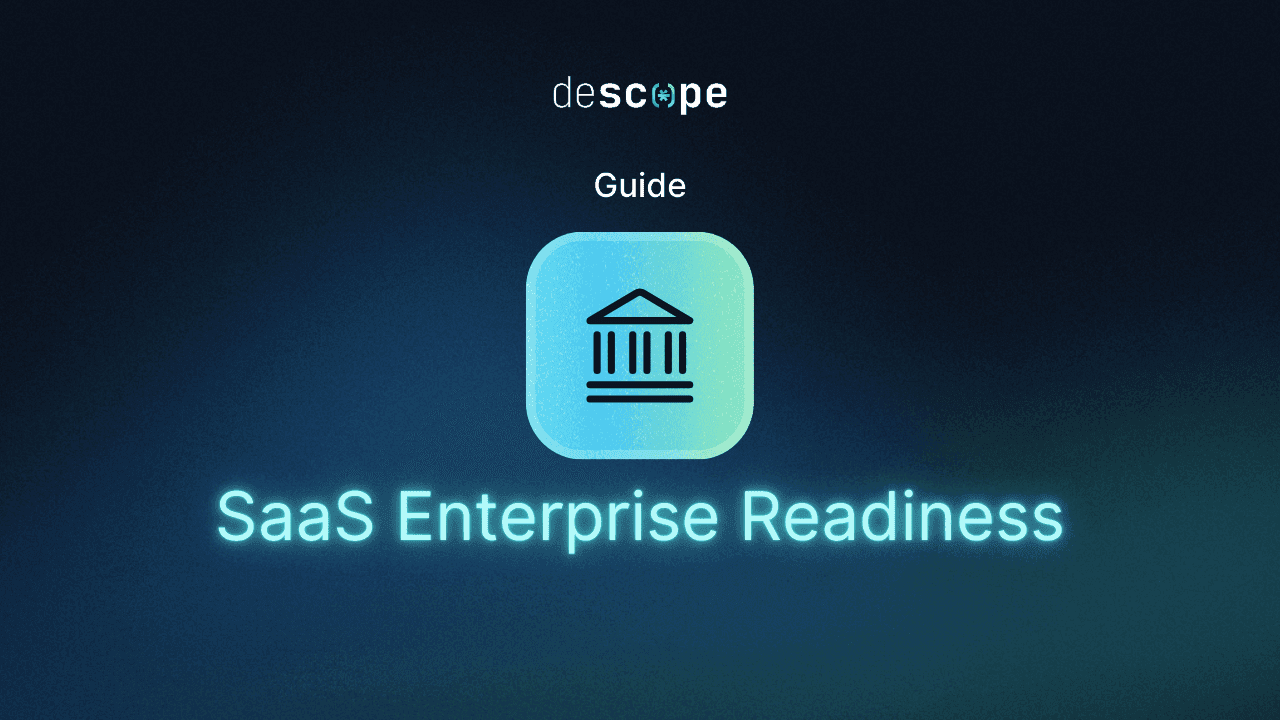Table of Contents
What is multi-tenant architecture?
The difference between multi-tenant vs single-tenant architecture lies in how resources are shared. Multi-tenant systems host multiple customers on one instance, while single-tenant systems dedicate an instance to one organization for maximum control and isolation.
The choice shapes how your app scales, stays secure, and delivers value to every customer. At the end of the day, the right approach depends on your business model, compliance requirements, and long-term goals.
If you’re comparing single-tenant vs multi-tenant environments for your SaaS or cloud application, this guide will help you weigh the trade-offs and choose the right model for your needs.
Here’s what this blog covers:
Definitions and examples of both multi-tenant and single-tenant architectures
Key differences in cost, scalability, and customization
Security and compliance implications of each approach
How to decide which model best fits your app or organization
What is multi-tenant architecture?
Multi-tenant architecture is an approach to software service provision in which a single instance is shared between multiple “tenants” who reside within it. Each tenant accesses the same platform, albeit through separate channels, with logical data isolation in place to keep their information private and secure.
For example, consider a cloud-based CRM platform where multiple businesses use the same backend system. Each company sees only its own customer data and configurations, even though they’re all running on the same application instance.
The purpose of this approach is convenience through efficiency. By spreading multiple entities across a platform rather than creating unique instances for each client, vendors can reduce overhead and avoid redundant work. As a result, these solutions tend to be more affordable out of the box but lack the lack the customization of a unique, single-client tool.
Multi-tenancy is especially well-suited for startups, SMBs, and cost-conscious SaaS providers that need to scale quickly without taking on the infrastructure and maintenance burden of single-tenant systems.
The biggest benefits of multi-tenant architecture are:
Lower costs both at startup and over the solution’s lifetime
Ease of implementation, hands-off maintenance, and scalability
Fast deployment and updates, typically handled by the vendor
These are counter-balanced by multi-tenant drawbacks, like:
Limited customization options for the tenant
Difficulty isolating and fully controlling data
Potential performance variability caused by “noisy neighbors,” though modern resource isolation techniques (like container quotas and orchestration tools) can help mitigate this risk
On another level, multi-tenancy warrants additional security considerations due to multiple entities sharing the same underlying infrastructure. TechTarget notes that multi-tenant risks like poor visibility, privilege overallocation, and data security management necessitate careful oversight. These and other concerns can be mitigated through the use of secure authentication and authorization.
Read more: What is Multi-Tenancy and How Does It Work?
What is single-tenant architecture?
Single-tenant architecture is software built for and used by a single entity rather than being shared across multiple entities. It is a more bespoke option where privacy and data isolation come built in by default. Due to its custom nature, single-tenant architecture typically offers greater hands-on control for the client; however, it’s also, on average, more expensive and has less quick-start functionality.
A helpful way to think about the difference between multi-tenant vs single-tenant is the apartment vs. house analogy: multi-tenant software is like living in an apartment building where tenants share the same utilities, while single-tenant software is like owning a standalone home with full control over your property and resources.
For example, a healthcare provider using a dedicated instance of a patient management system would be in a single-tenant environment. The software, infrastructure, and data storage are fully isolated and customized to meet that organization’s specific regulatory and operational requirements. These dedicated setups often integrate Single Sign-On (SSO) and OpenID Connect (OIDC) for secure and unified access management.
The pros of single-tenant software architecture include, but are not limited to:
Full data isolation and the potential for full visibility, depending on system configurations
Greater control and customization for security operations
Easier and more reliable regulatory compliance assurance
Greater customization and control over security parameters can make regulatory compliance easier in a single-tenant environment than in a multi-tenant one. Frameworks such as the Health Insurance Portability and Accountability Act (HIPAA) and the General Data Protection Regulation (GDPR) require strict data privacy controls. HIPAA mandates safeguards to prevent unauthorized disclosures of protected health information (PHI), and the GDPR stipulates data subject rights of transparency, rectification, and control that organizations need to uphold.
Read more: Healthcare Identity and Access Management Best Practices
While neither framework explicitly requires single tenancy, meeting their requirements could be more challenging on shared cloud platforms, particularly those with limited customization or visibility. Modern multi-tenant systems often provide robust configuration, but single-tenant systems are almost guaranteed to offer greater control and flexibility.
That said, single-tenant systems aren’t without trade-offs. They tend to be more expensive and complex to maintain, and they often scale more slowly than multi-tenant platforms designed for broad, standardized deployment.
For instance, cloud providers like AWS allow customers to choose between shared (multi-tenant) and dedicated (single-tenant) EC2 instances. Dedicated instances cost more but give organizations exclusive control over physical hardware, illustrating the trade-off between flexibility and expense.
The best use cases for single-tenant systems are larger, more mature organizations. An enterprise or growing business within a highly regulated industry likely has more complex security needs than smaller startups, and single tenancy makes it easier to meet them.
Discover more: The B2B SaaS Guide to Enterprise Readiness
Multi-tenant vs. single-tenant: Which is right for you?
Choosing between multi-tenant vs single-tenant architecture depends on your organization’s size, regulatory environment, and need for control. Multi-tenant systems are faster and more affordable, while single-tenant setups provide deeper customization and stronger isolation. Industry considerations, such as compliance and client expectations, also play a role in determining which approach is best and why.
Here is a comparison of the two approaches across some of the most important factors:
Use cases and industry considerations – Multi-tenant architecture is often a better fit for newer, smaller organizations that prioritize cost-efficiency and speed. Single tenancy, by contrast, is well-suited for larger enterprises, especially in highly regulated industries, where compliance, data control, and customization are essential.
Security, compliance, and data isolation – Multi-tenancy places multiple clients’ data within the same software instance, which can create challenges around data separation and security. While modern platforms mitigate many of these risks, single-tenant systems inherently isolate each client's data, making it easier to enforce strict controls. However, robust Account Takeover (ATO) prevention measures are essential in either architecture to protect against credential-based threats.
Identity management – In multi-tenant systems, authentication and authorization are centralized and scoped per tenant, requiring strong fine-grained controls to separate user access and data visibility. In single-tenant systems, each customer maintains its own identity instance, offering greater flexibility for custom IdPs, SSO, and compliance frameworks but adding additional management overhead.
Customization and feature management – Multi-tenant platforms typically offer only limited configuration options set by the vendor, making them easier to manage but less adaptable. Single-tenant environments offer far more customization, but that flexibility often requires greater technical oversight.
Performance and scalability – Multi-tenant solutions are often optimized for high availability and fast deployment, with shared infrastructure that supports rapid scaling. However, performance can occasionally be affected by other tenants. Single-tenant systems avoid this issue entirely but can be more resource-intensive to scale and deploy.
Cost implications – Multi-tenancy is generally more affordable upfront and across its lifecycle due to shared infrastructure and vendor-managed updates. This shared-cost model creates economies of scale; vendors handle maintenance, patches, and updates centrally, which reduces operational overhead for customers. Single tenancy involves higher startup costs and ongoing maintenance expenses, but can deliver long-term value for organizations with complex or evolving needs.
In the end, it’s a matter of trade-offs. A company’s current structure may favor multi-tenancy, but future growth or regulatory shifts could make single tenancy more appropriate down the line. Conversely, an enterprise that starts with a single-tenant setup may find that changing market pressures or customer expectations warrant a move to a more flexible, multi-tenant model.
Regardless of the approach, organizations should plan for secure authentication and authorization across their entire cloud infrastructure. Choosing identity solutions that align with your architecture and are easy to integrate can simplify data protection at every stage, whether you're operating in a single-tenant or multi-tenant environment.
Dimension | Multi-Tenant | Single-Tenant |
|---|---|---|
Best for | Startups, SMBs, cost-sensitive SaaS | Enterprises, regulated industries (e.g., healthcare, finance) |
Data Isolation | Logical separation within shared infrastructure | Complete physical and logical separation |
Customization | Limited to vendor-provided options | High level of customization and control |
Security & Compliance | Adequate for general use; needs strong safeguards | Easier to tailor to strict compliance frameworks (e.g., HIPAA, GDPR) |
Performance | May be affected by other tenants (“noisy neighbor” risk) | Dedicated resources, no shared performance impact |
Scalability | Highly scalable, fast to deploy | Slower to scale, more resource-intensive |
Maintenance | Vendor-managed; minimal client involvement | Client-managed or co-managed; requires internal resources |
Cost | Lower upfront and TCO | Higher upfront and ongoing costs |
Deployment Speed | Faster, standardized rollout | Slower, more complex setup |
Make a strategic decision with Descope
Whether you need the efficiency of multi-tenancy or the control of single-tenancy, your identity layer should work with your infrastructure, not against it.
Choosing the right architecture isn’t just about cost or compliance—it’s about creating a secure and seamless user experience. Whether you need the efficiency of multi-tenancy or the control of single-tenancy, your identity layer should work with your infrastructure, not against it.
Descope, a CIAM platform, helps developers add secure, scalable authentication and authorization to any app with just a few lines of code. Our workflows, SDKs, and APIs simplify identity management across both single-tenant and multi-tenant environments, allowing you to focus on creating exceptional user experiences.
Descope especially excels in complex multi-tenant B2B2X environments: for instance, a healthcare organization that needs to serve patients, clinicians, retail pharmacies, and Pharmacy Benefits Managers (PBMs). Such organizations can apply flexible tenant-based controls and isolation (e.g. different auth methods, branding, access control models, session management) while still unifying user identities in one platform.
Sign up for a Free Forever account or book a demo to explore what’s possible with Descope.






